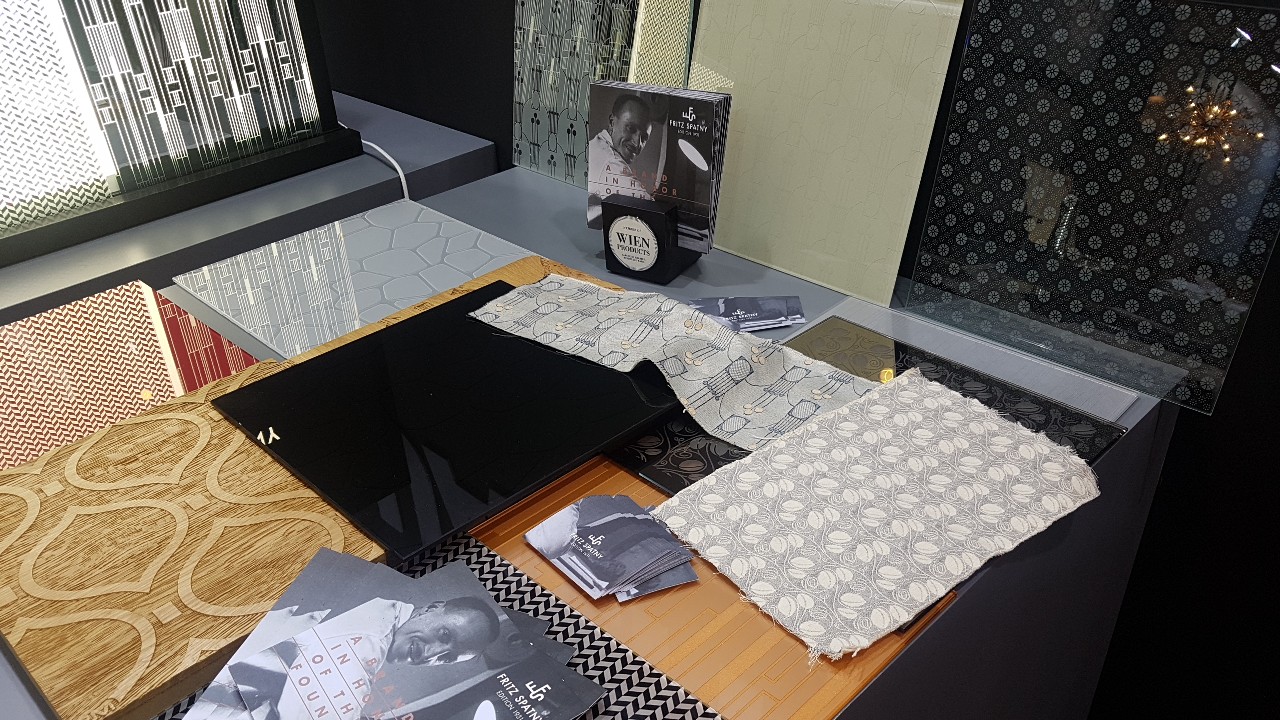Nature in design—insights from Design Shanghai
Design Shanghai, a leading international design event, was held at Shanghai Exhibition Centre in March 2018. The event is one of the must-see design shows in Asia and is a popular one on the international design calendar. The event features an in-depth look at the year’s design trends within five different halls: Contemporary, Classic and Luxury, Collectibles, Kitchen and Bathroom, and Workplace.
Through these halls, Avery Dennison Designer Sunny Lee was able to explore a new era of eastern and western design and the ways in which they are together impacting the future of design in China. Fascinated by the collections presented from leading design brands and galleries around the world, she was especially excited by the designs featuring natural elements.
“The natural driven products in different color palettes drew my attention immediately. From tiles and fabrics to interior decor and daily-use products, a wide range of items were inspired by natural materials and utilized its various textures,” she said.
She goes on to note that the elegance of the fabrics as well as the “asymmetric leaves, curved waves, and smooth marble stone patterns” were a few elements she found particularly engaging. Throughout the show, Sunny says she felt as if she was surrounded by nature, which created a relaxed and soothing environment to explore.

Natural designs are timeless
Natural or organic elements are often added to interior decor and marketing materials for the depth of detail they bring to a design. These designs “link to our desire to embrace our origin and wellbeing,” according to Sunny. These elements are timeless and somewhat traditional in that they’ve been among those welcomed by many designers around the world for decades.
Increased climate change awareness and attention on sustainability also makes natural design elements a popular choice. In the Avery Dennison portfolio, there are several nature-inspired materials available.. Natural-look labeling and packaging design are popular with elevated designs and are often combined in luxury segments. In China specifically, Sunny says, “it is not only easy to find art and design pieces related to the nature theme from history, but also in today’s top design trends.”
Natural elements in label and packaging design
Packaging labels have changed in recent years and are no longer simply a printed sticker that holds only product information. Instead, label and packaging design now plays an important role. According to Sunny, “labels have become a canvas for designers and brand owners to tell their story and build a connection with consumers.” She says they build a bridge between consumer and brand and are the first steps in creating a relationship.
Sunny sees the influx of natural design elements in Asian design as addressing a very real desire to embrace our inner need and love of nature, which she says is one of our basic human instincts. She says these elements “create a comfortable and soothing environment.”
Aside from creating a feeling of inner peace, label and packaging design with natural elements can also say a lot about a brand. Sunny says many brands are utilizing these elements to communicate product features including organic, handmade, premium, or even healthy and natural. These elements can be used “as repeating patterns or by applying them as a main element of label design.” They can even be used to illustrate a brand origin story in a more authentic way and improve the shelf-appeal of a product.











